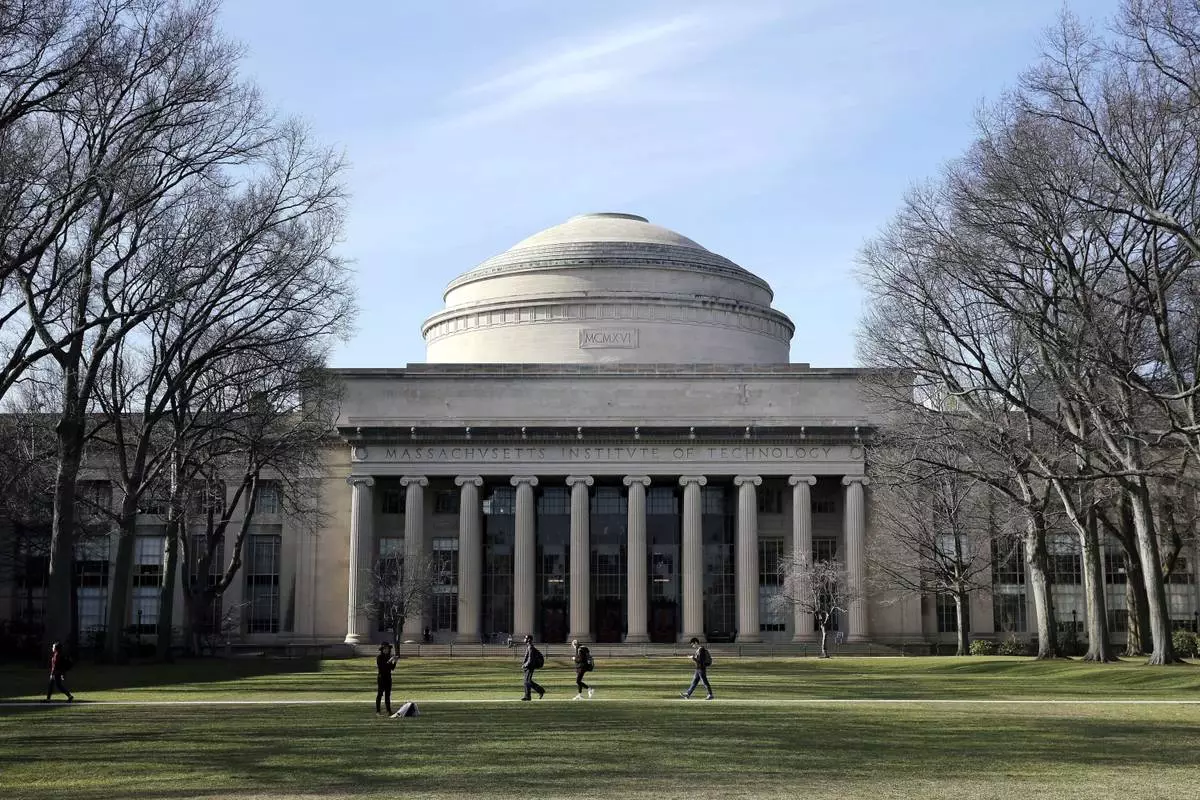SPRINGFIELD, Ill. (AP) — The Illinois Supreme Court on Friday upheld a lower court ruling that tossed out a law barring political parties from choosing candidates for the General Assembly when they had no one run in a primary.
The court's decision was not based on the merits of the case: Two justices recused themselves from deliberations, and the court was unable to get four votes needed to render a valid opinion.
The law, which was approved by majority Democrats and Gov. J.B. Pritzker in May, stopped the long tradition of parties “slating” candidates.
Designed to help Democrats in the November election, it effectively prevented Republicans from drafting candidates after no one appeared in the ballot in the March primary. Draftees were eligible as long as they collect the required number of petition signatures by a June 3 deadline.
But a Sangamon County judge ruled in June that the law unconstitutionally interfered with the right to vote, which includes accessing the ballot to stand as a candidate for office.
The Illinois State Board of Elections continued accepting petition signatures and ruled on the eligibility of candidates to be on the ballot.
Justices P. Scott Neville and Joy V. Cunningham, both Democrats, recused themselves from the high court's deliberations but did not say why. Such decisions are a matter of judicial discretion, and justices are not required to reveal the reason, court spokesperson Christopher Bonjean said.
With the remainder of the seven-member court divided, “it is not possible to secure the constitutionally required concurrence of four judges for a decision,” the opinion said.
It added that the ruling carries the same weight as one affirming the lower court opinion but has no value as precedent for future decisions.

FILE - A voter shows her "I voted" sticker after casting her ballot in Chicago, March 19, 2024. (AP Photo/Teresa Crawford, File)
BOSTON (AP) — A study that explores the feasibility of using pigeons to guide missiles and one that looks at the swimming abilities of dead fish were among the winners Thursday of this year’s Ig Nobels, the prize for comical scientific achievement.
Held less than a month before the actual Nobel Prizes are announced, the 34th annual Ig Nobel prize ceremony at the Massachusetts Institute of Technology was organized by the Annals of Improbable Research magazine’s website to make people laugh and think. Winners received a transparent box containing historic items related to Murphy’s Law — the theme of the night — and a nearly worthless Zimbabwean $10 trillion bill. Actual Nobel laureates handed the winners their prizes.
“While some politicians were trying to make sensible things sound crazy, scientists discovered some crazy-sounding things that make a lot of sense,” Marc Abrahams, master of ceremonies and editor of the magazine, said in an e-mail interview.
The ceremony started with Kees Moliker, winner of 2003 Ig Noble for biology, giving out safety instructions. His prize was for a study that documented the existence of homosexual necrophilia in mallard ducks.
“This is the duck,” he said, holding up a duck. “This is the dead one.”
After that, someone came on stage wearing a yellow target on their chest and a plastic face mask. Soon, they were inundated with people in the audience throwing paper airplanes at them.
Then, the awards began — several dry presentations which were interrupted by a girl coming on stage and repeatedly yelling “Please stop. I'm bored.” The awards ceremony was also was broken up by an international song competition inspired by Murphy's Law, including one about coleslaw and another about the legal system.
The winners were honored in 10 categories, including for peace and anatomy. Among them were scientists who showed a vine from Chile imitates the shapes of artificial plants nearby and another study that examined whether the hair on people's heads in the Northern Hemisphere swirled in the same direction as someone's hair in the Southern Hemisphere.
Other winners include a group of scientists who showed that fake medicine that causes side effects can be more effective than fake medicine that doesn't cause side effects and one showing that some mammals are cable of breathing through their anus — winners who came on stage wearing a fish-inspired hats.
Julie Skinner Vargas accepted the peace prize on behalf of her late father B.F. Skinner, who wrote the pigeon-missile study. Skinner Vargas is also the head of the B.F. Skinner Foundation.
“I want to thank you for finally acknowledging his most important contribution,” she said. “Thank you for putting the record straight.”
James Liao, a biology professor at the University of Florida, accepted the physics prize for his study demonstrating and explaining the swimming abilities of a dead trout.
“I discovered that a live fish moved more than a dead fish but not by much,” Liao said, holding up a fake fish. “A dead trout towed behind a stick also flaps its tail to the beat of the current like a live fish surfing on swirling eddies, recapturing the energy in its environment. A dead fish does live fish things.”

Professor James Liao displays a stuffed fish while accepting a prize for physics for demonstrating and explaining the swimming abilities of a dead trout during a performance at the Ig Nobel Prize ceremony at Massachusetts Institute of Technology in Cambridge, Mass., Thursday, Sept. 12, 2024. (AP Photo/Steven Senne)

A team of researchers perform a demonstration during a performance showing that many mammals are capable of breathing through their anus while accepting the 2024 Ig Nobel prize in physiology at the Ig Nobel Prize ceremony at Massachusetts Institute of Technology, in Cambridge, Mass., Thursday, Sept. 12, 2024. (AP Photo/Steven Senne)

People in the audience throw paper airplanes toward the stage during a performance at the Ig Nobel Prize ceremony at Massachusetts Institute of Technology in Cambridge, Mass., Thursday, Sept. 12, 2024. (AP Photo/Steven Senne)

FILE - Students walk past the "Great Dome" atop Building 10 on the Massachusetts Institute of Technology campus in Cambridge, Mass, April 3, 2017. (AP Photo/Charles Krupa, File)














